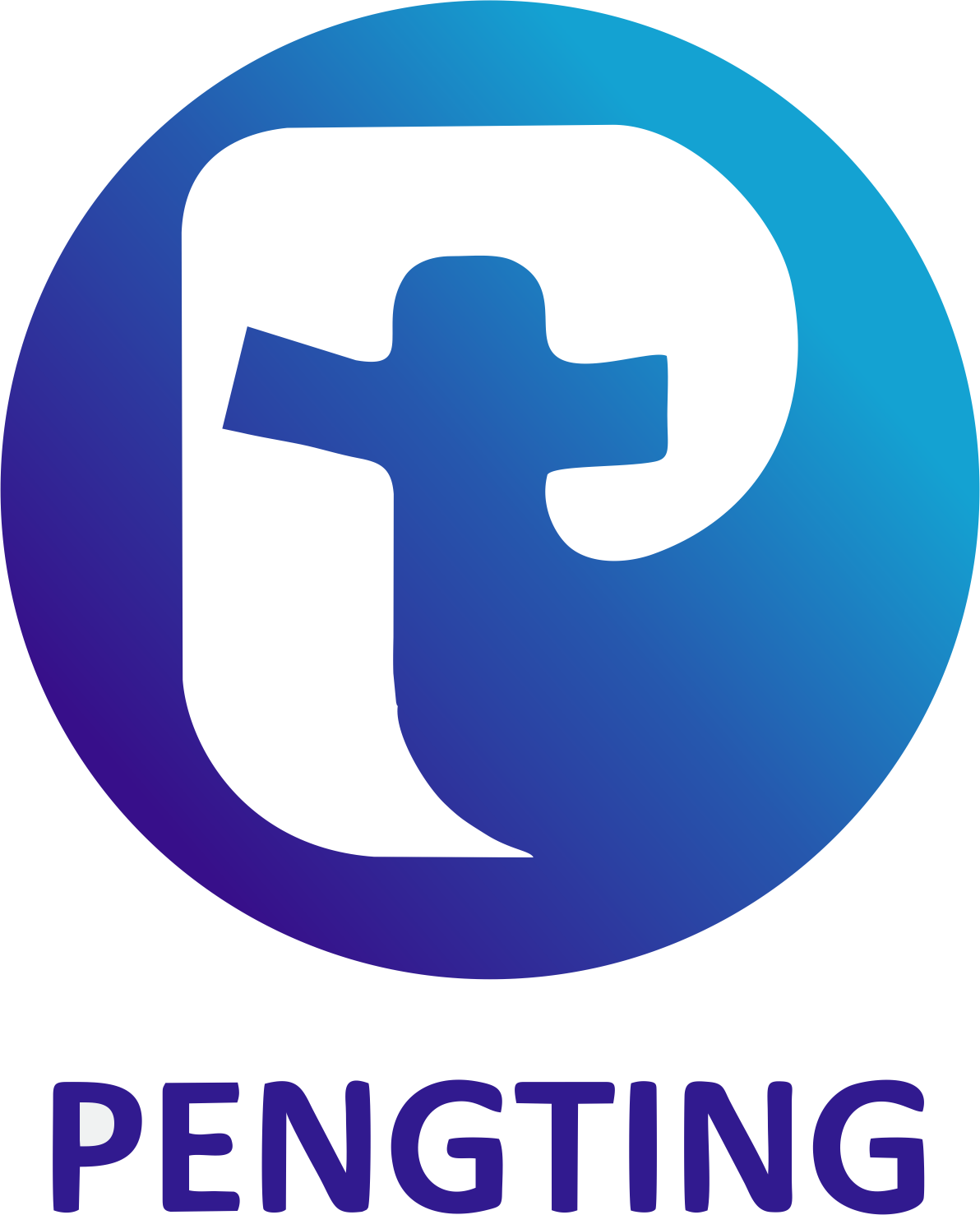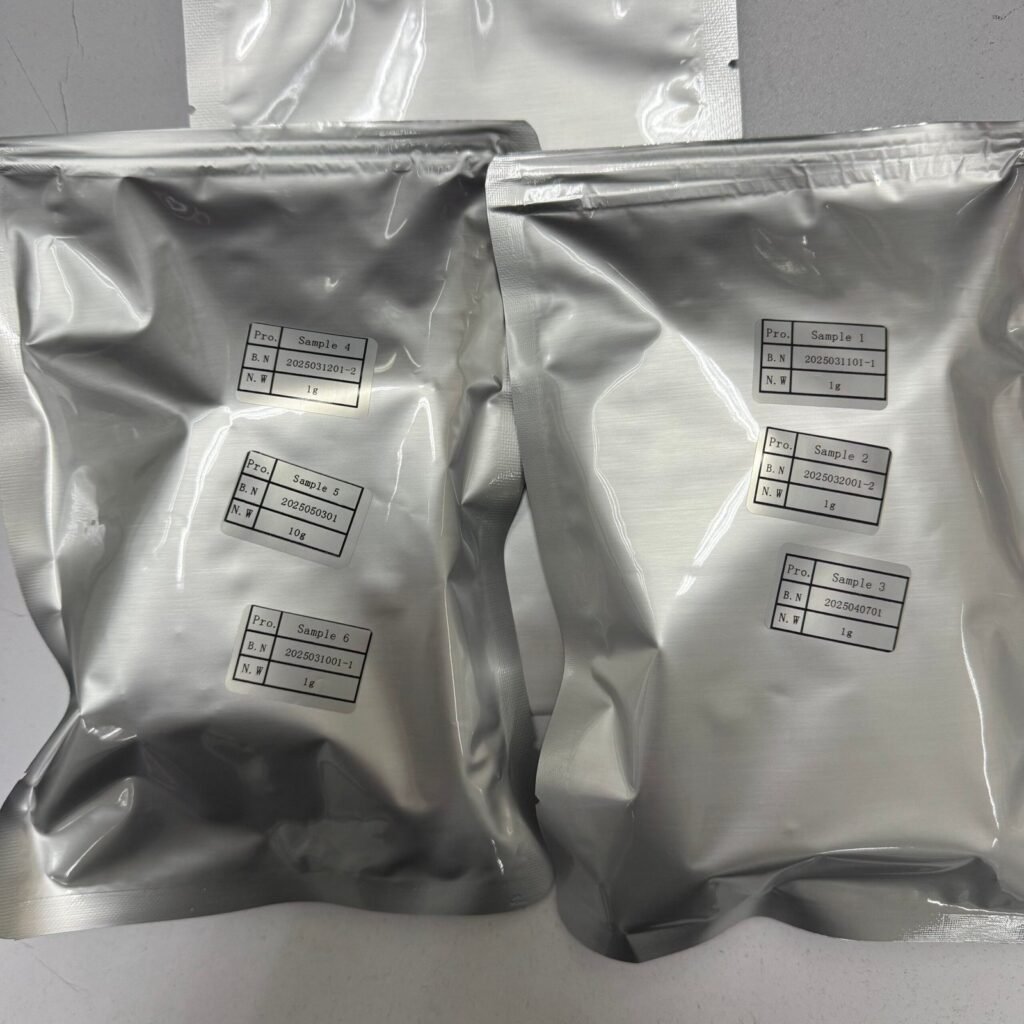
The global peptide therapeutics market, projected to reach $75 billion by 2028, faces increasing pressure to implement sustainable manufacturing practices as solvent waste generation reaches critical levels, with traditional peptide synthesis producing 5-10 kg of solvent waste per gram of API. With regulatory agencies imposing stricter environmental compliance requirements and investors prioritizing ESG performance, solvent recovery systems have emerged as strategic investments delivering compelling economic and environmental returns. Comprehensive analysis reveals that advanced solvent recovery technologies can achieve 85-95% solvent recycling rates, reducing waste disposal costs by 60-75%, decreasing carbon footprint by 40-50%, and generating payback periods of 18-36 months while positioning peptide manufacturers as leaders in sustainable pharmaceutical production.
The Critical Role of Solvent Recovery in Sustainable Peptide Manufacturing
Solvent recovery systems represent a fundamental component of sustainable peptide manufacturing, addressing both economic efficiency and environmental responsibility in an industry where solvents account for 60-70% of raw material costs and significant environmental impact.
Current Solvent Usage Challenges in Peptide Synthesis
Peptide manufacturing faces substantial solvent-related challenges that recovery systems effectively address:
- Volume Intensity: Traditional SPPS processes use 10-20 liters of solvent per gram of peptide API.
- Cost Pressures: Solvents represent 60-70% of raw material costs in peptide production.
- Waste Generation: 5-10 kg of solvent waste per gram of final peptide product.
- Environmental Impact: Significant carbon footprint from solvent production and disposal.
Regulatory and Market Drivers for Solvent Recovery
Multiple factors are accelerating adoption of solvent recovery technologies:
- Environmental Regulations: Strict limits on VOC emissions and waste disposal.
- ESG Investor Pressure: 75% of investors now consider environmental performance in decisions.
- Cost Optimization: Rising solvent prices and waste disposal costs driving efficiency improvements.
- Competitive Differentiation: Sustainable manufacturers commanding premium pricing.
“Solvent recovery isn’t just an environmental initiative—it’s a fundamental business strategy that simultaneously reduces costs, mitigates regulatory risks, and enhances brand value. In peptide manufacturing, where solvent usage is exceptionally high, recovery systems deliver some of the most compelling ROI in the entire pharmaceutical industry.” — Dr. Elena Rodriguez, Director of Sustainable Manufacturing, Global Pharma Solutions.
Economic ROI Analysis of Solvent Recovery Systems
Comprehensive economic analysis demonstrates significant financial benefits from solvent recovery investments across multiple dimensions.
Direct Cost Savings and Revenue Generation
Solvent recovery systems deliver substantial direct financial benefits:
| Cost Category | Traditional Approach | With Recovery System | Savings/Improvement |
|---|---|---|---|
| Solvent Purchase Costs | 100% new solvent | 15-20% new solvent | 80-85% reduction |
| Waste Disposal Costs | Full waste disposal costs | 5-10% of original waste | 90-95% reduction |
| Transportation Costs | Inbound and outbound logistics | Minimal waste transport | 70-80% reduction |
| Regulatory Compliance | High compliance costs | Reduced compliance burden | 40-60% cost avoidance |
Investment Analysis and Payback Periods
Financial modeling reveals attractive investment returns:
- Capital Investment: 500,000 – 2,000,000 depending on facility size and technology.
- Annual Operating Costs: 50,000 – 200,000 for maintenance, energy, and labor.
- Annual Savings: 300,000 – 1,200,000 from reduced solvent purchase and waste disposal.
- Payback Period: 18-36 months for most installations.
- ROI: 25-40% annual return on investment.
Environmental ROI Metrics and Sustainability Benefits
Environmental returns complement financial benefits, creating comprehensive value propositions.
Carbon Footprint Reduction
Significant greenhouse gas emission reductions:
- Scope 1 Emissions: 40-50% reduction from decreased waste incineration.
- Scope 2 Emissions: 25-35% reduction from lower solvent production energy.
- Scope 3 Emissions: 30-45% reduction across supply chain.
- Carbon Credit Value : 50,000 – 200,000 annual value from emission reductions.
Waste Reduction and Circular Economy Contributions
Transformative waste management improvements:
- Waste Minimization: 85-95% reduction in hazardous waste generation
- Resource Efficiency: 80-90% reduction in virgin solvent consumption
- Water Conservation: 30-40% reduction in water usage through closed-loop systems
- Circular Economy Metrics: 75-85% circularity rate in solvent usage
Technology Options for Peptide Solvent Recovery
Various recovery technologies offer different benefits suited to specific peptide manufacturing requirements.
Distillation-Based Recovery Systems
Traditional and proven technology for solvent purification:
- Fractional Distillation: Separation based on boiling points, 90-95% purity achievable.
- Thin-Film Evaporation: Gentle processing for heat-sensitive solvents.
- Applications: Ideal for DMF, DCM, acetonitrile, and other common peptide solvents.
- Efficiency: 85-92% recovery rates with proper system design.
Membrane-Based and Advanced Technologies
Innovative approaches offering enhanced efficiency:
- Nanofiltration Systems: Molecular separation with 90-95% recovery rates.
- Hybrid Systems: Combining multiple technologies for optimal performance.
- Energy Requirements: 30-40% lower energy consumption than traditional distillation.
- Purity Levels: Pharmaceutical-grade purity (≥99.5%) achievable.
Implementation Strategy for Maximum ROI
Successful implementation requires careful planning, technology selection, and integration with existing processes.
Phased Implementation Approach
Structured approach ensuring success:
| Implementation Phase | Key Activities | Timeline | Success Metrics |
|---|---|---|---|
| Assessment & Planning | Solvent usage analysis, technology evaluation | 2-3 months | Comprehensive feasibility study |
| System Design | Engineering design, integration planning | 3-4 months | Detailed design specifications |
| Installation & Commissioning | Equipment installation, system testing | 4-6 months | Successful performance validation |
| Optimization & Scale-up | Process optimization, performance monitoring | 6-12 months | Target recovery rates achieved |
Integration with Manufacturing Processes
Seamless integration with peptide synthesis operations:
- Process Compatibility: Ensuring recovery system compatibility with synthesis methods.
- Quality Assurance: Maintaining solvent quality meeting pharmaceutical standards.
- Operational Workflow: Integrating recovery into manufacturing schedules.
- Staff Training: Comprehensive training for operators and maintenance staff.
Case Studies: Successful Solvent Recovery Implementations
Real-world examples demonstrate the achievable benefits of solvent recovery systems in peptide manufacturing.
Case Study 1: Large-Scale Peptide API Manufacturer
A global API manufacturer implemented a comprehensive solvent recovery system:
- Challenge: Annual solvent costs of $3.5 million with significant waste disposal expenses
- Solution: Integrated distillation and membrane-based recovery system
- Results: 87% solvent recovery rate, $2.1 million annual savings
- Environmental Impact: 48% reduction in carbon footprint, 90% waste reduction
Case Study 2: Specialty Peptide CDMO
A contract manufacturer implemented targeted recovery for multiple solvents:
- Challenge: Diverse solvent usage across multiple peptide projects.
- Solution: Flexible recovery system handling DMF, DCM, and acetonitrile.
- Results: 82% average recovery rate, 18-month payback period.
- Business Impact: Enhanced competitive positioning as sustainable manufacturer.
Regulatory Compliance and Quality Considerations
Maintaining regulatory compliance and product quality is paramount in solvent recovery implementation.
Quality Assurance Protocols
Rigorous quality control ensuring pharmaceutical standards:
- Purity Testing: Regular testing for purity, impurities, and water content.
- Documentation: Comprehensive records of recovery processes and quality testing.
- Validation: Full validation of recovery processes per GMP requirements.
- Stability Testing: Ensuring recovered solvent stability and performance.
Regulatory Compliance Requirements
Meeting global regulatory standards:
- GMP Compliance: Adherence to cGMP for recovered solvents.
- Environmental Regulations: Compliance with VOC emissions and waste regulations.
- Documentation Standards: Complete documentation for regulatory submissions.
- Inspection Preparedness: Readiness for regulatory inspections and audits.
Future Trends in Solvent Recovery Technology
The field continues to evolve with emerging technologies and changing market dynamics.
Technology Innovations
Emerging technologies enhancing recovery efficiency and sustainability:
- AI-Optimized Systems: Machine learning algorithms optimizing recovery parameters.
- Advanced Membrane Materials: Novel materials improving separation efficiency.
- Energy-Efficient Designs: Systems with 40-50% lower energy consumption.
- Integrated Circular Systems: Complete circular economy approaches.
Market and Regulatory Evolution
Anticipated changes influencing future implementations:
- Stricter Regulations: Tighter limits on solvent emissions and waste.
- Carbon Pricing: Increasing value of carbon reduction achievements.
- ESG Integration: Deeper integration of environmental performance into business metrics.
- Technology Cost Reduction: Decreasing costs improving accessibility.
FAQs: Peptide Solvent Recovery Systems and ROI Analysis
Q: What is the typical payback period for implementing a solvent recovery system in peptide manufacturing?
A: The payback period for solvent recovery systems in peptide manufacturing typically ranges from 18 to 36 months, depending on factors such as facility size, solvent usage volumes, technology selection, and local costs for solvent purchase and waste disposal. Systems for large-scale API manufacturers with high solvent usage may achieve payback in 12-24 months, while smaller facilities or those with more complex solvent mixtures might see 24-36 month payback periods. Key factors influencing payback include solvent prices (higher prices shorten payback), waste disposal costs, system efficiency, and energy costs. Most comprehensive ROI analyses show annual returns of 25-40% after the payback period.
Q: How do solvent recovery systems impact the quality and regulatory compliance of peptide APIs?
A> Properly implemented solvent recovery systems maintain or enhance quality and regulatory compliance through rigorous quality assurance protocols. Recovered solvents must meet the same purity and quality standards as virgin solvents, typically requiring ≥99.5% purity with controlled impurity levels. Regulatory compliance involves validation of recovery processes per GMP requirements, comprehensive documentation, and demonstration that recovered solvents do not adversely affect product quality. Most regulatory agencies accept recovered solvents when proper validation and quality control are demonstrated. In many cases, recovery systems actually improve quality consistency through better process control and reduced variability in solvent quality.
Q: What are the main operational challenges in implementing and maintaining solvent recovery systems?
A: The main operational challenges include system integration with existing processes, maintaining consistent recovery efficiency, quality control of recovered solvents, staff training, and ongoing maintenance. Integration challenges involve adapting recovery systems to existing manufacturing workflows without disrupting production. Consistency requires careful monitoring and adjustment of recovery parameters as solvent mixtures vary. Quality control demands regular testing and validation. Staff need comprehensive training on operation and maintenance. Preventive maintenance is essential for sustained performance. Successful implementations address these challenges through careful planning, phased implementation, and ongoing monitoring and optimization.
Core Takeaways
- Compelling ROI: Solvent recovery systems deliver strong financial returns with typical payback periods of 18-36 months.
- Environmental Leadership: Significant reductions in waste, emissions, and resource consumption enhance sustainability credentials.
- Quality Maintenance: Properly implemented systems maintain or improve product quality while ensuring regulatory compliance.
- Strategic Advantage: Sustainable manufacturing capabilities provide competitive differentiation in increasingly environmentally conscious markets.
- Future-Proofing: Early adoption positions companies for evolving regulations and market expectations.
Conclusion: The Strategic Imperative of Solvent Recovery in Peptide Manufacturing
Solvent recovery systems represent a transformative opportunity for peptide manufacturers to simultaneously achieve economic benefits, environmental leadership, and regulatory compliance. As the peptide industry continues its rapid growth, manufacturers that implement comprehensive solvent recovery strategies will be positioned to capture significant cost savings, reduce environmental impact, and enhance their market positioning. The compelling ROI, combined with increasing regulatory pressure and stakeholder expectations, makes solvent recovery an essential component of sustainable peptide manufacturing.
Looking ahead, the integration of advanced recovery technologies with smart manufacturing systems will further enhance the efficiency and effectiveness of solvent recovery. Companies that lead in this area will not only improve their bottom line but will also contribute to the transformation of the pharmaceutical industry toward more sustainable and responsible manufacturing practices. The future of peptide manufacturing belongs to those who recognize that environmental responsibility and economic success are not competing priorities but complementary elements of a successful business strategy.
Disclaimer:
This article contains information, data, and references that have been sourced from various publicly available resources on the internet. The purpose of this article is to provide educational and informational content. All trademarks, registered trademarks, product names, company names, or logos mentioned within this article are the property of their respective owners. The use of these names and logos is for identification purposes only and does not imply any endorsement or affiliation with the original holders of such marks. The author and publisher have made every effort to ensure the accuracy and reliability of the information provided. However, no warranty or guarantee is given that the information is correct, complete, or up-to-date. The views expressed in this article are those of the author and do not necessarily reflect the views of any third-party sources cited.





